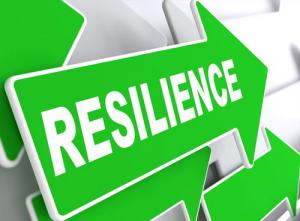Measure It
Mark Knight is a Principal Consultant at 1898 & Co., part of Burns & McDonnell. Bringing more than thirty years of experience, he is a thought leader and industry advisor. Mark is emeritus chair of the GridWise Architecture Council and is the Director of Projects for the Institute of Asset Management.
Tom Sloan is a recently retired twelve-term veteran of the Kansas Legislature and member of several federal agency and professional legislator organizations’ energy committees.
esilience within the electric grid is increasingly a topic of conversation, but the discussions are plagued by the inexactness often applied to the term itself. Can one measure resilience before an event occurs that necessitates remedial action?

Can resilience be computer modeled so that public utility commissions will authorize investments? Can meaningful comparisons be qualitatively and quantitatively made between reliability and resilience?
In effect, resilience has become a term like Kleenex — a commercial product and a generic categorization that leaves the reader in doubt as to whether the term is to be that specific product produced by Kimberly-Clark or the generic product marketed by a multitude of companies.
This article will offer some answers to how resilience might be defined, operationalized, and measured. It also will undoubtedly raise additional questions for consideration.
Defining Resilience
Part of defining resilience necessitates explaining how it is different from reliability and redundancy. Reliability is the probability that an item can perform a required function under given conditions for a given time interval.

